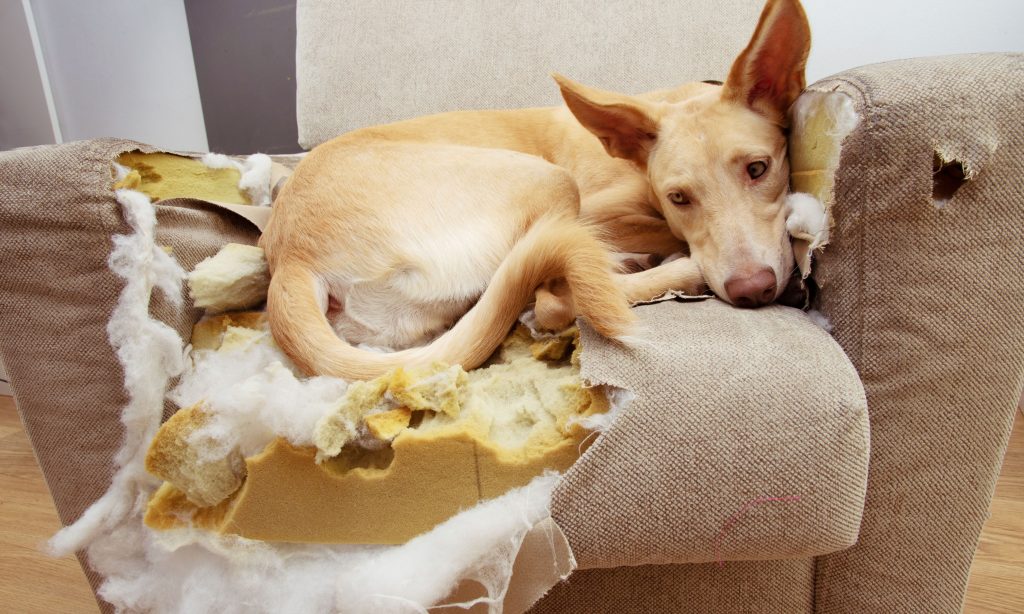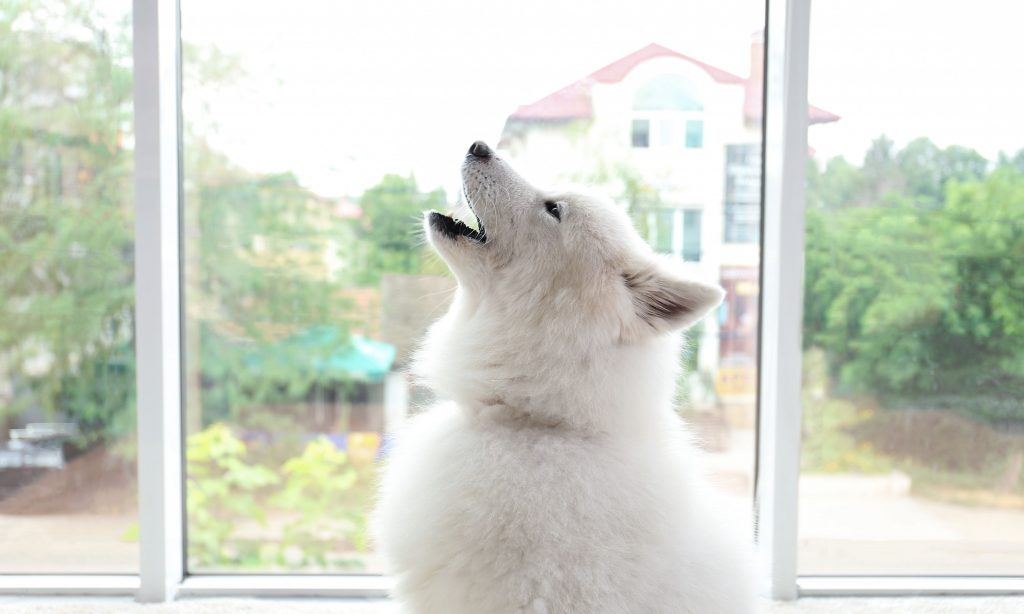Separation anxiety is a common problem in dogs that can cause them to become anxious or distressed when left alone. This can result in destructive behavior, excessive barking, or other unwanted behaviors. The blog post aims to help pet owners understand the causes of separation anxiety in dogs and provide practical tips for easing or eliminating this anxiety. The ultimate goal is to help dogs feel more comfortable and secure when their owners are not present, and to improve the overall well-being of both the dog and the owner.

Are you the proud owner of a furry companion who gets anxious every time you leave the house? Separation anxiety is a common problem in dogs that can cause them to become stressed or distressed when left alone. It can manifest in a number of ways, including excessive barking, destructive behavior, or other unwanted behaviors.
If you’ve been struggling with a dog who has separation anxiety, don’t worry – you’re not alone. With some patience, understanding, and the right strategies, it is possible to help your dog feel more comfortable and secure when you’re not around.
Here are some tips to get you started:
- Gradually increase your absences
If your dog is used to you being around all the time, suddenly leaving them alone for long periods of time can be a big shock. Instead of leaving your dog alone for eight hours straight on the first day, try gradually increasing the amount of time you’re away. Start by leaving your dog alone for short periods of time, gradually increasing the duration as your dog becomes more comfortable. This will help your dog get used to being alone and allow them to build up their independence.
- Provide plenty of mental and physical stimulation
A tired dog is a happy dog, and providing your dog with plenty of mental and physical stimulation can help alleviate separation anxiety. Make sure your dog has plenty of toys to play with, and consider enrolling them in an obedience class or hiring a dog walker to give them some extra exercise. You can also try engaging your dog in interactive toys like Kongs or puzzle games to keep their brain active while you’re away.
- Create a comfortable space
Making sure your dog has a comfortable space to retreat to while you’re away can help them feel more secure. This could be a crate, a separate room, or a designated area in your home. Just make sure the space is cozy and free from any potential hazards.
- Use calming aids
There are several products on the market that can help calm anxious dogs, such as pheromone diffusers, calming collars, and medication prescribed by a veterinarian. These products can be helpful in reducing anxiety in the short term, but it’s important to remember that they should be used in conjunction with other strategies to address the root cause of your dog’s anxiety.
- Seek help from a professional
If you’ve tried the above strategies and your dog’s separation anxiety persists, it may be time to seek help from a professional. A veterinarian or a certified dog behaviorist can help you identify the underlying cause of your dog’s anxiety and develop a customized plan to address it.
Dealing with a dog who has separation anxiety can be challenging, but with some patience and the right strategies, you can help your furry friend feel more comfortable and secure when you’re not around. With a little effort, you can create a happy and harmonious home for both you and your dog.

Conclusion:
Separation anxiety is a common problem in dogs that can cause them to become anxious or distressed when left alone. While it can be challenging to deal with, there are several strategies that can help ease your dog’s separation anxiety and improve its overall well-being. These include gradually increasing your absences, providing plenty of mental and physical stimulation, creating a comfortable space, using calming aids, and seeking help from a professional if necessary. With patience and the right approach, you can help your dog feel more comfortable and secure when you’re not around and create a happy and harmonious home for both you and your furry friend.

Frequently Asked Questions
What is separation anxiety in dogs?
Separation anxiety is a condition in which a dog becomes anxious or distressed when left alone. It is a common problem that can manifest in a variety of behaviors, including excessive barking, destructive behavior, or other unwanted behaviors.
What causes separation anxiety in dogs?
The exact cause of separation anxiety in dogs is not fully understood, but it is thought to be a combination of genetics and environmental factors. Dogs who have experienced trauma or changes in their environment may be more prone to separation anxiety.
How can I tell if my dog has separation anxiety?
If your dog exhibits anxious or destructive behavior when you’re not around, it may have separation anxiety. Other signs of separation anxiety in dogs include excessive barking, whining, pacing, or attempting to escape.
How can I help my dog with separation anxiety?
There are several strategies you can try to help your dog with separation anxiety. These include gradually increasing your absences, providing plenty of mental and physical stimulation, creating a comfortable space, using calming aids, and seeking help from a professional if necessary.
Can separation anxiety in dogs be cured?
While separation anxiety in dogs is not fully curable, it is possible to manage and reduce the symptoms with the right approach. With patience, understanding, and the right strategies, you can help your dog feel more comfortable and secure when you’re not around.



